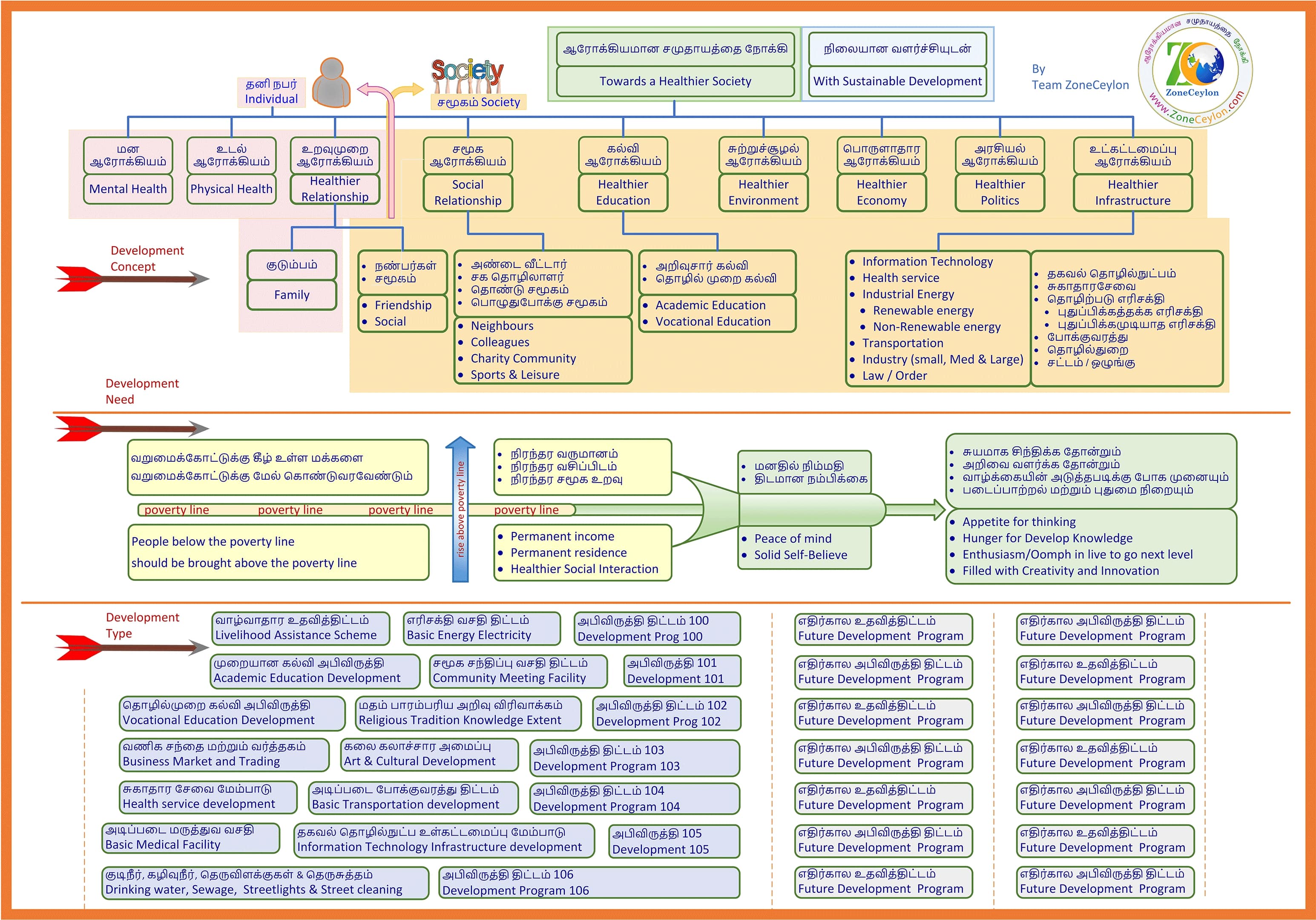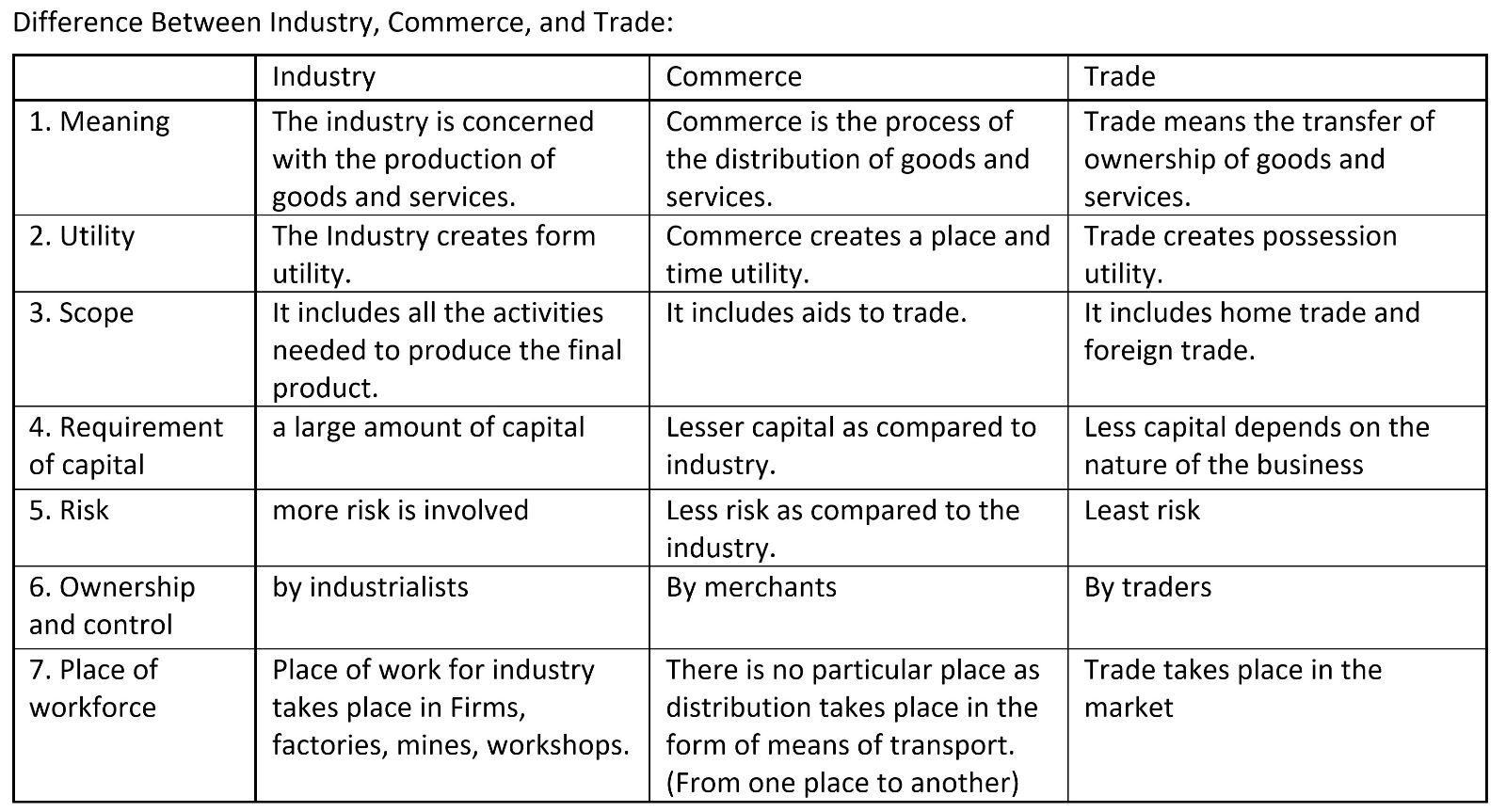Info
| Province | Northern |
| Capital | Mannar |
| District Secretary | C. A. Mohan Ras |
| Total Area | 1,996 km2 (771 sq mi) |
| Population | 99,051 |
| Density | 50/km2 (130/sq mi) |
| Sri Lankan Tamil | 80,568 (81.34%) |
| Sri Lankan Moors | 16,087 (16.24%) |
| Sinhalese | 1,961 (1.98%) |
| Indian Tamil | 394 (0.40%) |
| Other | 41 (0.04%) |
| Christian | 56,932 (57.48%) |
| Hindu | 23,464 (23.69%) |
| Muslim | 16,553 (16.71%) |
| Buddhist | 2,066 (2.09%) |
| Other | 36 (0.04%) |
| Post Codes | 41000-41999 |
| Telephone Codes | 023 |
Mannar
Description
Mannar District is one of the 25 districts of Sri Lanka, the second level administrative division of the country. The district is administered by a District Secretariat headed by a District Secretary appointed by the central government of Sri Lanka.
About
Between the 5th century BC and 13th century AD, what is now Mannar District was part of Rajarata. Parts Mannar District were thereafter part of the pre-colonial Jaffna kingdom.[4] The district then came under Portuguese, Dutch and British control. In 1815 the British gained control of the entire island of Ceylon. They divided the island into three ethnic based administrative structures: Low Country Sinhalese, Kandyan Sinhalese and Tamil. The district was part of the Tamil administration. In 1833, in accordance with the recommendations of the Colebrooke-Cameron Commission, the ethnic based administrative structures were unified into a single administration divided into five geographic provinces.[5] Mannar District, together with Jaffna District and Vanni District, formed the new Northern Province.[6]
At the time that Ceylon gained independence, Mannar was one of the three districts located in the Northern Province. Manthai East division was transferred to newly created Mullaitivu District in September 1978.
Much of Mannar District was under the control of rebel Liberation Tigers of Tamil Eelam for many years during the civil war. The entire district was recaptured by the Sri Lankan military in 2008.
Murunkan (English = cracked earth) is due to the black clay surface which is cracked while dry, is the place where the Giant's Tank is situated. It has montmorillonite clay and is the only place in Sri Lanka where this kind of clay can be obtained. This clay is used in making cement.
Aruvi Aru is the second longest river in Sri Lanka and runs through Mannar and Anuradhapura districts.
Mannar has artesian springs and aquifers. These water supply comes from Sri Lanka's central areas. The Northern Province has a supply of fresh water from aquifers and it was used in successful cultivation. It only exists in the areas where red yellow latosol exists. These types of aquifers do not exist where reddish brown earth is found. The rest of the Vanni area is void of perennial supply of fresh water.


